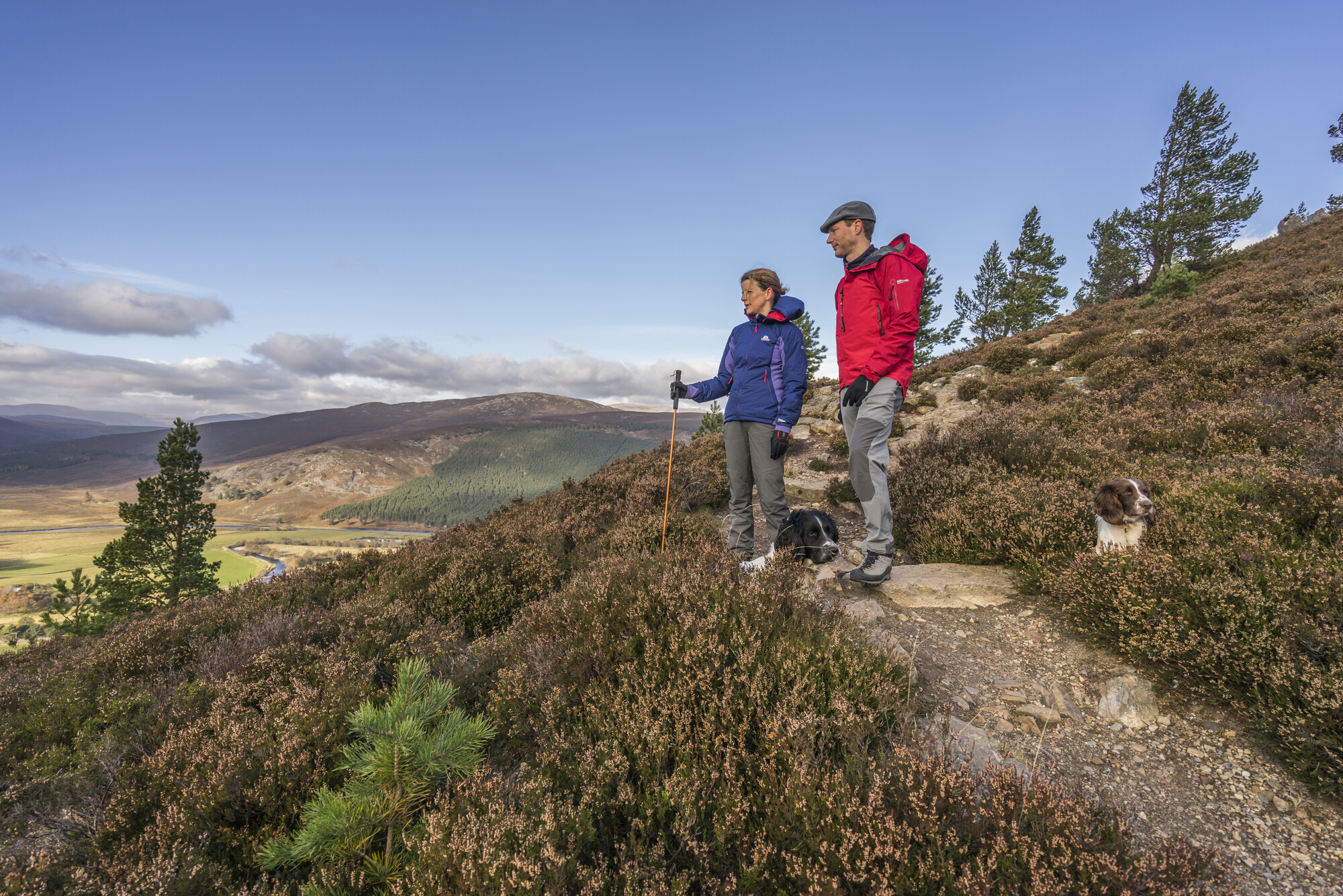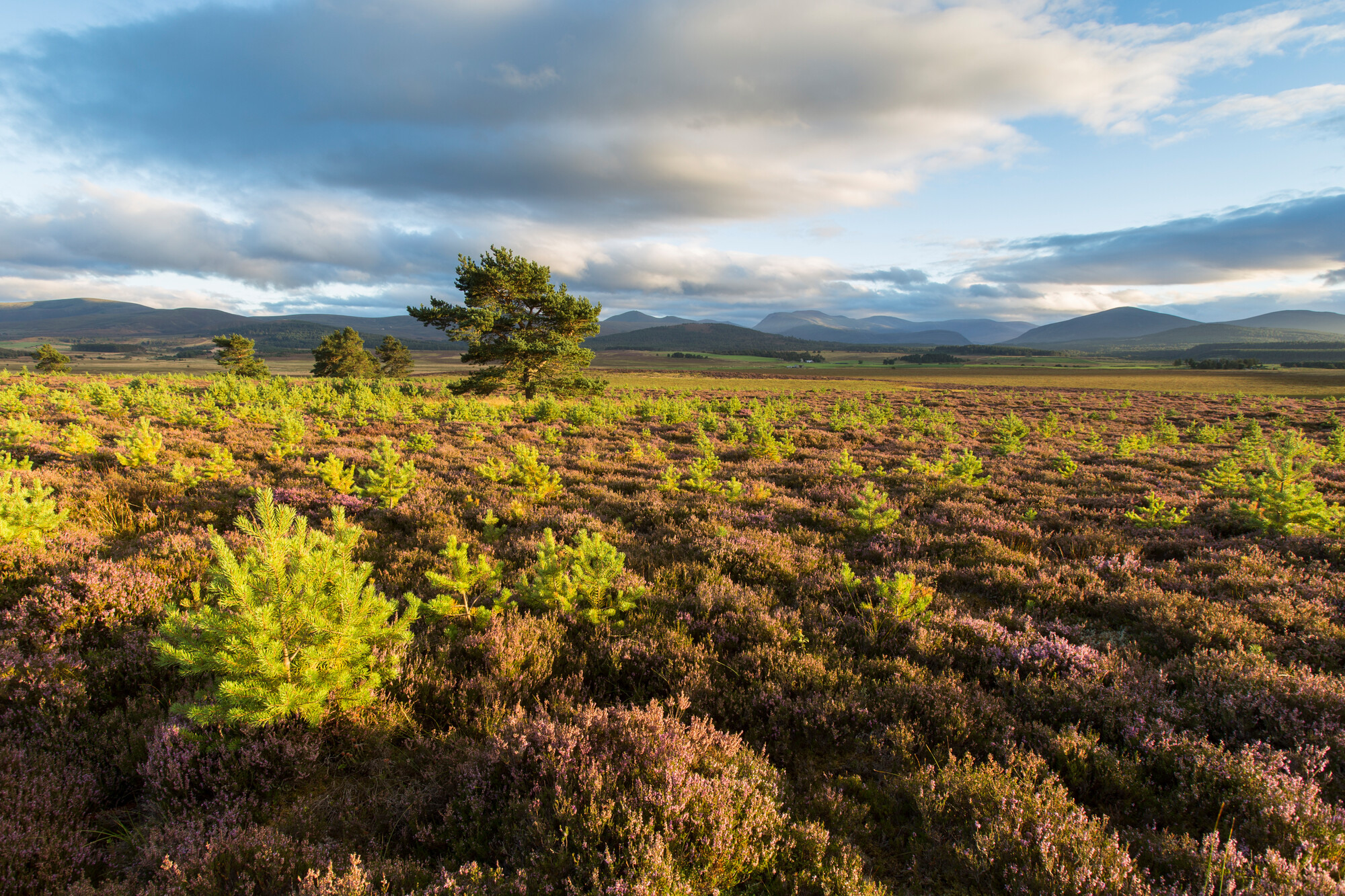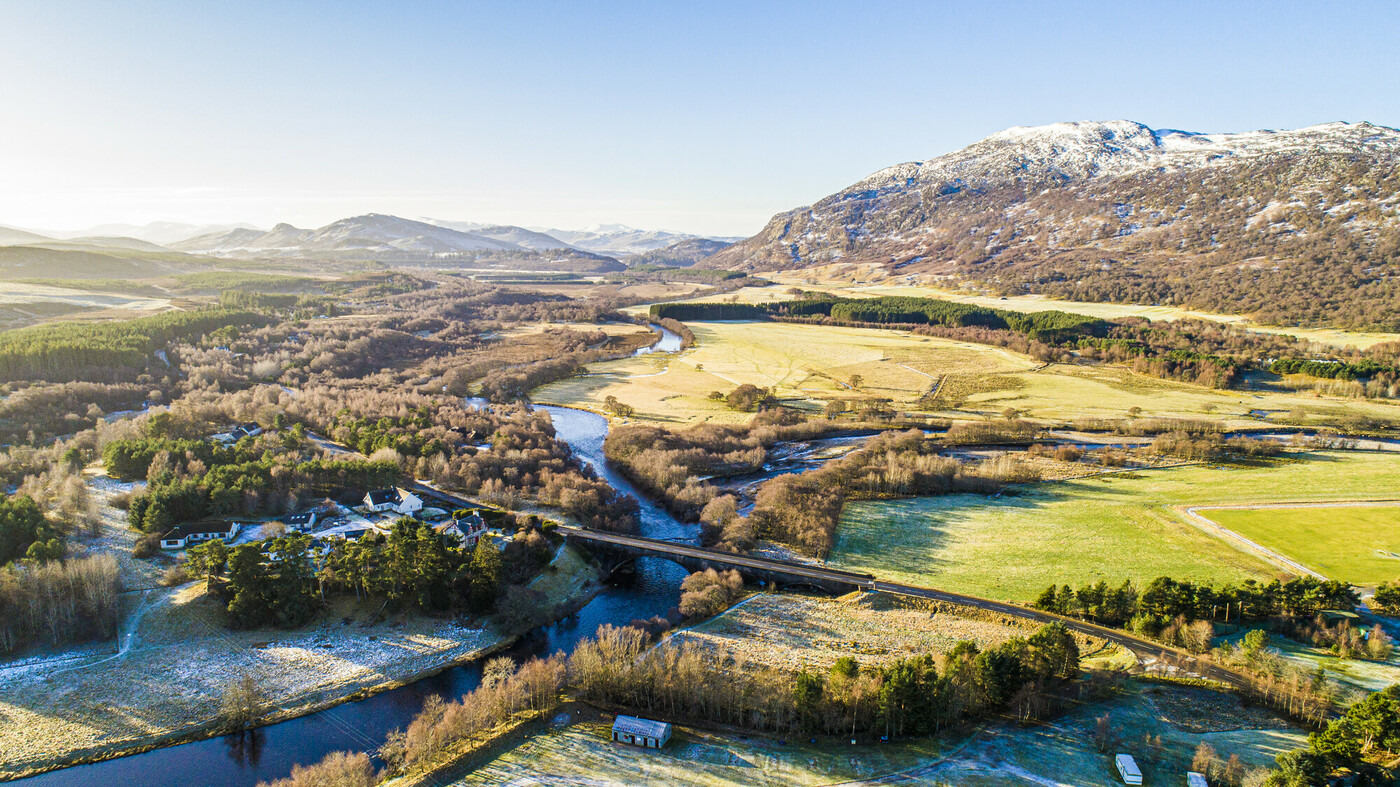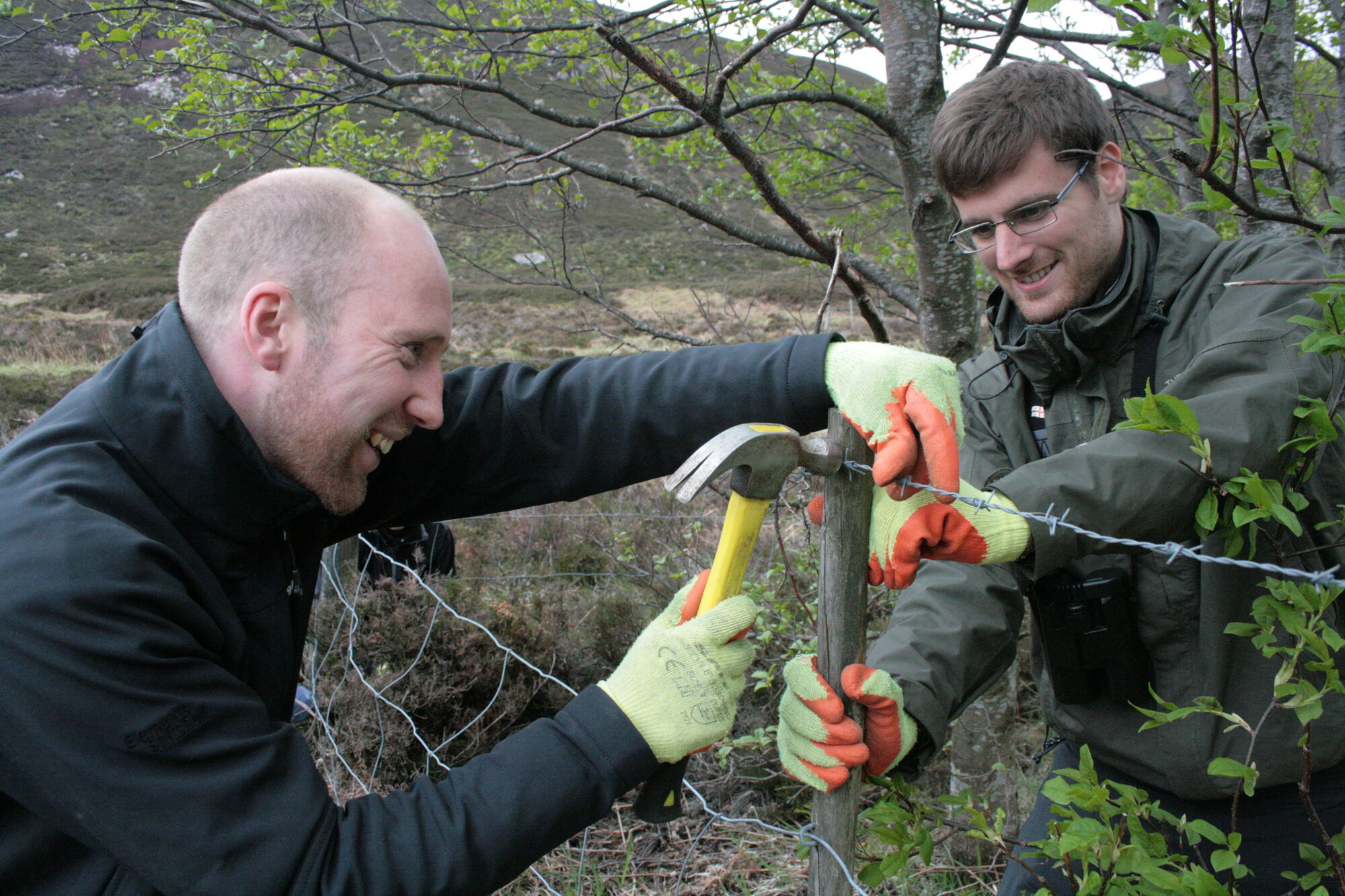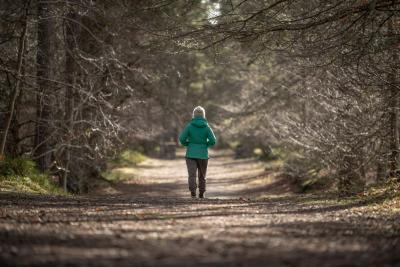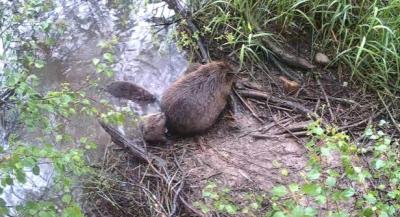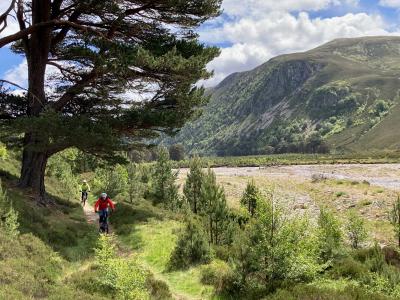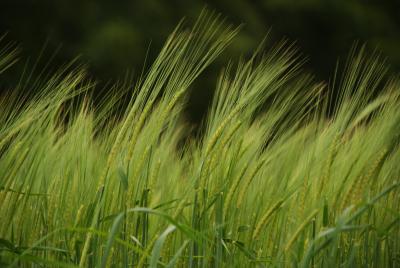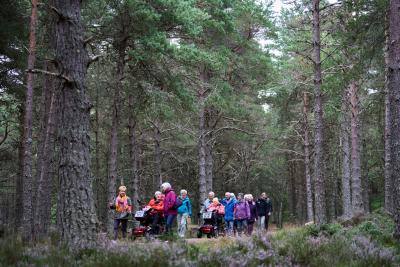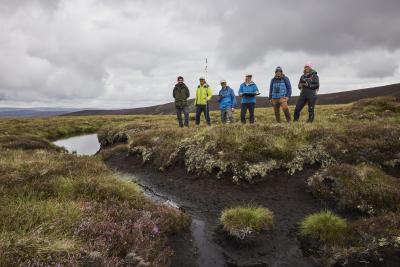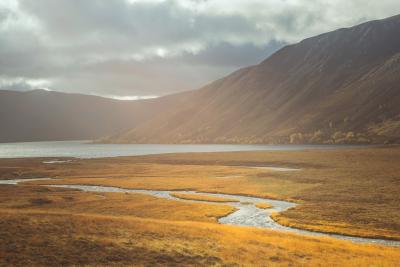Beavering away
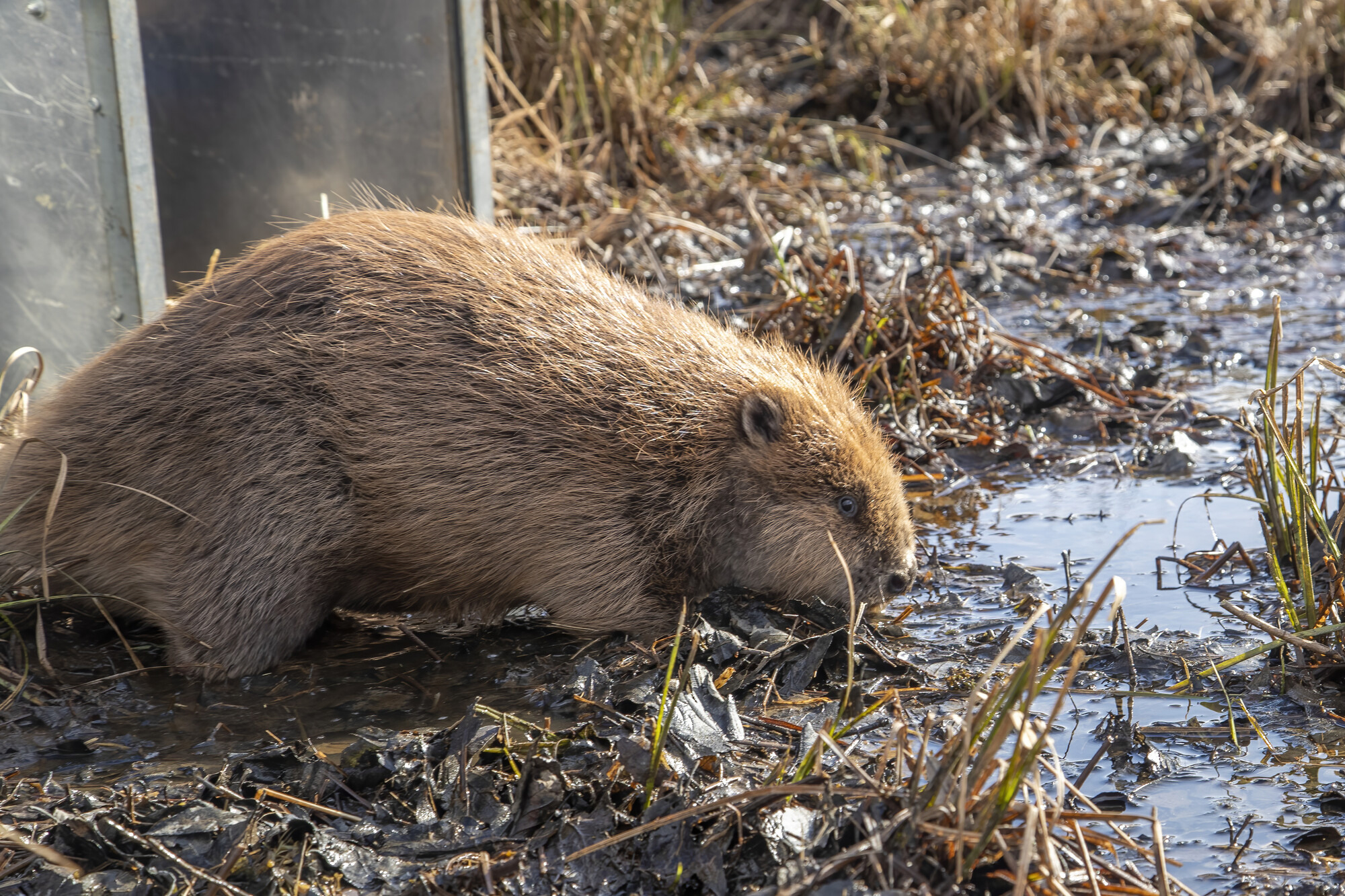
My role as Beaver Project Manager involves lots of different tasks from planning the releases, monitoring activity and overseeing the management and mitigation plan, to sourcing nearly half a tonne of carrots! The carrots are for baiting trail cameras so we can keep a close eye on beaver activity. Looking back, it does seem a long time ago since the first releases at Wildland and Rothiemurchus in December 2023. So many hours spent baiting the camera traps in the freezing winter and watching hours and hours of footage of beavers loudly crunching through the carrots, not before taking them to the water to wash them though, who knew they had such high standards?
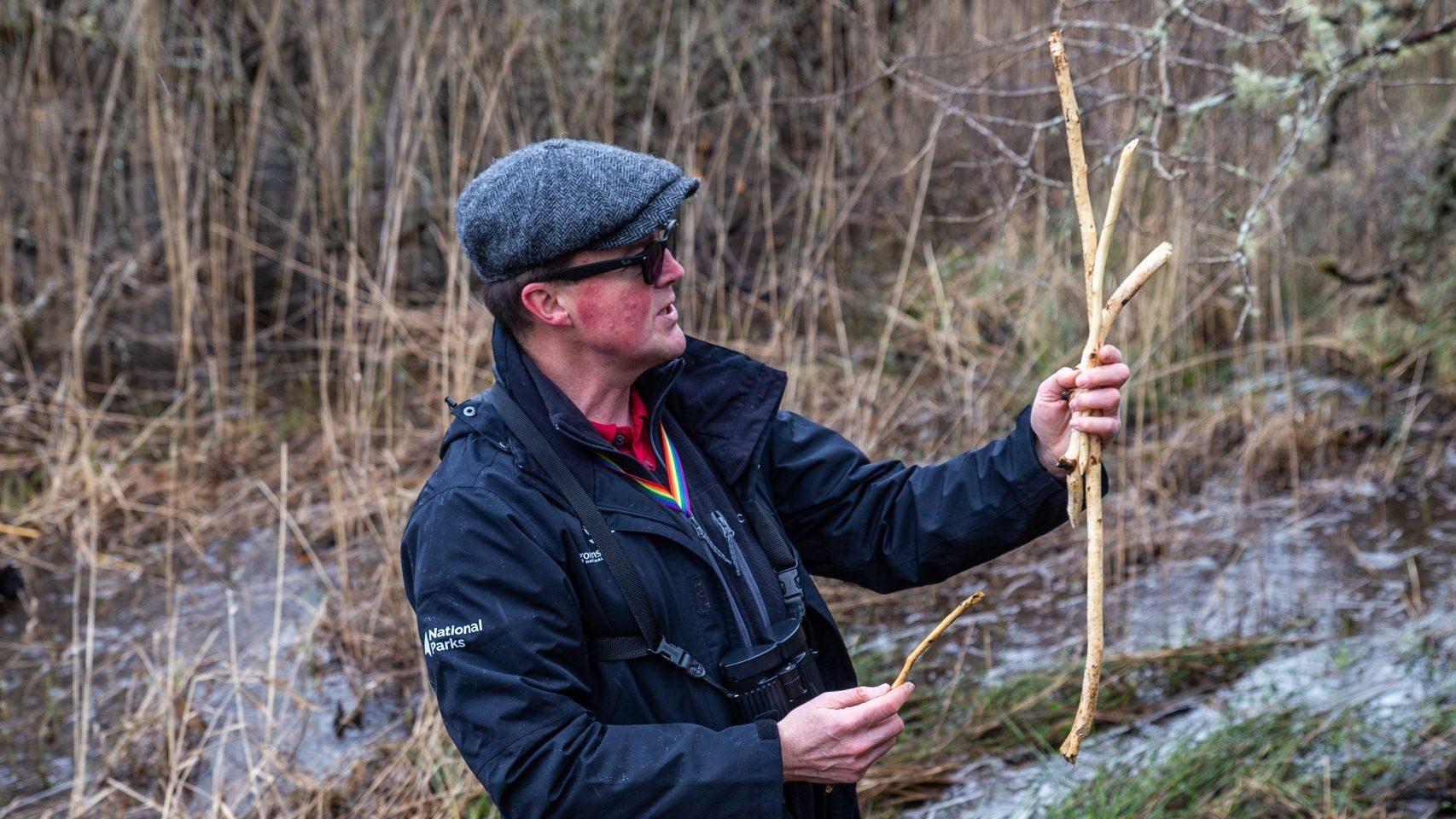
The beavers released on RSPB Insh Marshes earlier this year have moved around exploring their new home, one even took a wee wander up to the Spey Dam and back. We’ve been keeping a close eye on what all the pairs and families have been up to and our first “beaver’s eye view” survey of the Spey took place this summer. We took to a canoe to find out more and discovered feeding signs on aspen, willow and birch. It was great to travel down the Spey and see how much it changes from such a narrow river to a mighty one and how the riverside habitats change so quickly.
We knew that beavers would leave their mark in the National Park and that we would need a good plan in place to deal with some of those impacts. Part of the mitigation we completed before we released the beavers was wrapping some important trees with weldmesh wire to protect them from beaver activity, and it was great to see that this has worked and none of these trees have been touched. Another ongoing aspect includes finding possible high-impact areas where beaver activity might cause issues. In one location trees leaning towards the road were being gnawed, so to remove the risk of the trees falling somewhere dangerous, we worked with a tree surgeon to fell them and leave the trunks on site. The beavers seemed pleased to find someone had finished the job they’d started, as they had stripped the felled trunks of all their bark in less than a week. The monitoring and mitigation plan is the handbook for how we deal with situations as we learn to live alongside a new species in the countryside. Beavers are new to the National Park, so I am glad to see the plan is working in practice, and that it passed its first real test.
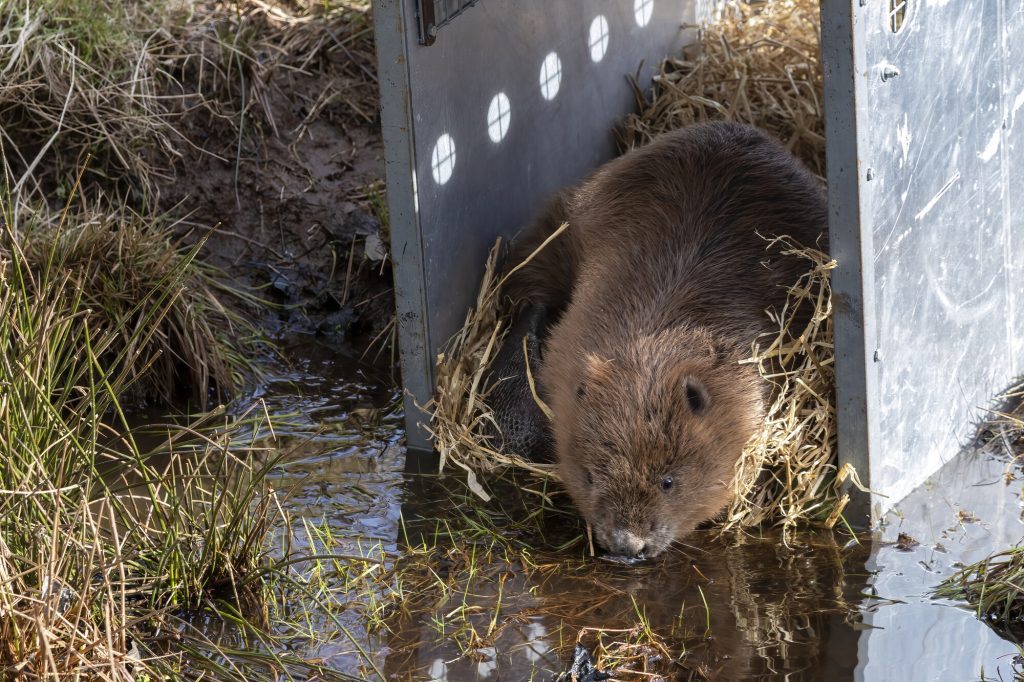
We now have direct lines of contact to many farmers and land managers in the upper Spey Catchment, both informally and formally through their representatives on the new Cairngorms Agriculture Advisory Group and the Beaver Monitoring and Mitigation Group. This is already proving to be enormously helpful here in the Cairngorms, so I wasn’t surprised when on a recent study trip to Bavaria I spoke with Thomas, the retired head of the Bavarian Farmers Union, who shared the experience of farmers locally. He stressed the value for them have direct contact with a beaver manager, and a rapid response to unacceptable impacts. These are both elements we’ve replicated here, but I’m glad to have access to this international experience, as well as the local expertise as this project evolves.
On a final note, I really am so happy that the beaver trail at Rothiemurchus means that local people and visitors to the National Park can find out more about beavers, see the signs of their handywork and, if they are quiet, lucky, and have some binoculars, maybe even spot one.
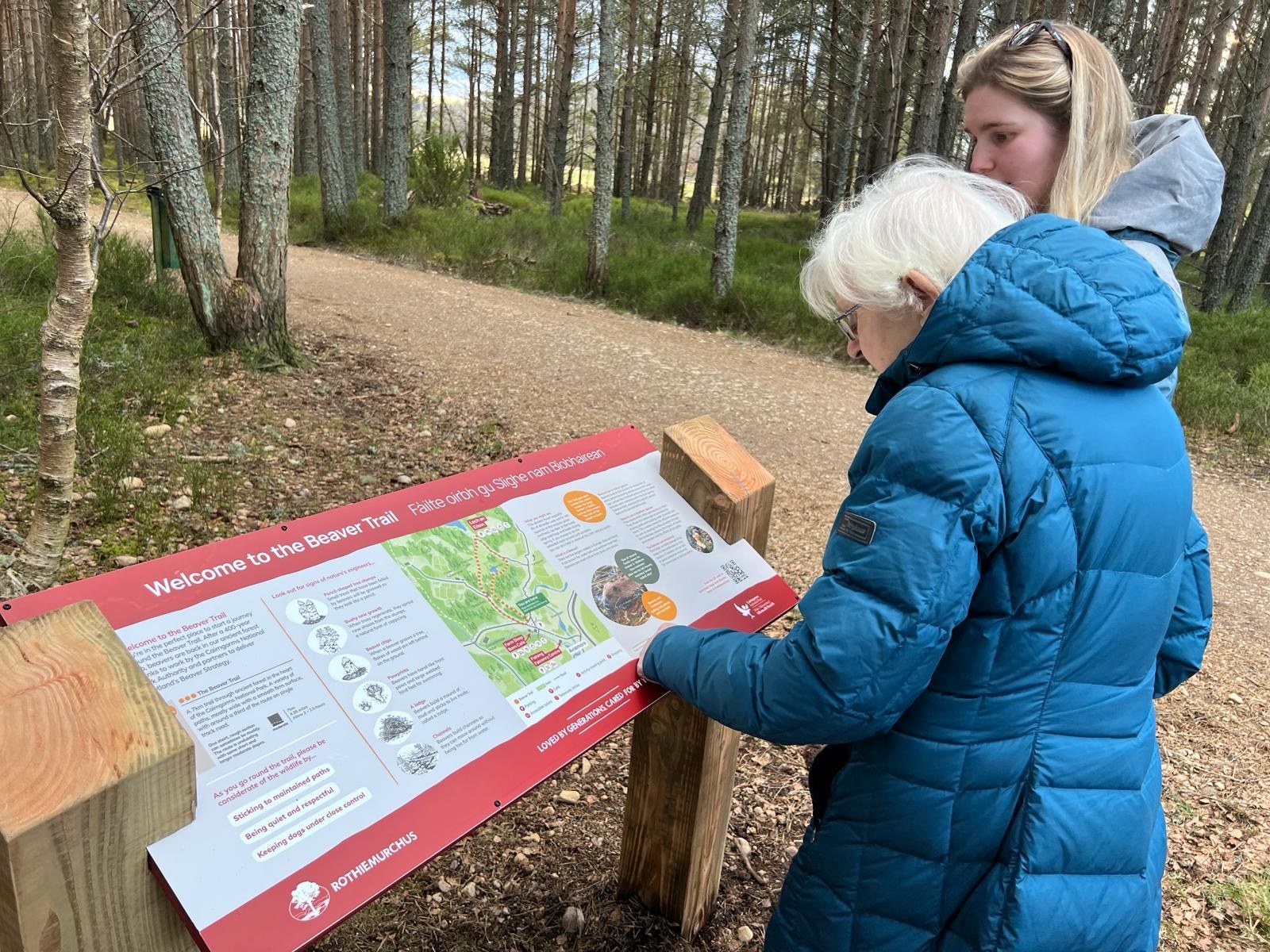
As we move into the second year of the project, it’s exciting to look forward to our next releases, and I will be sharing pictures, videos and musings with you through my regular beaver blog – stay tuned!
Alert
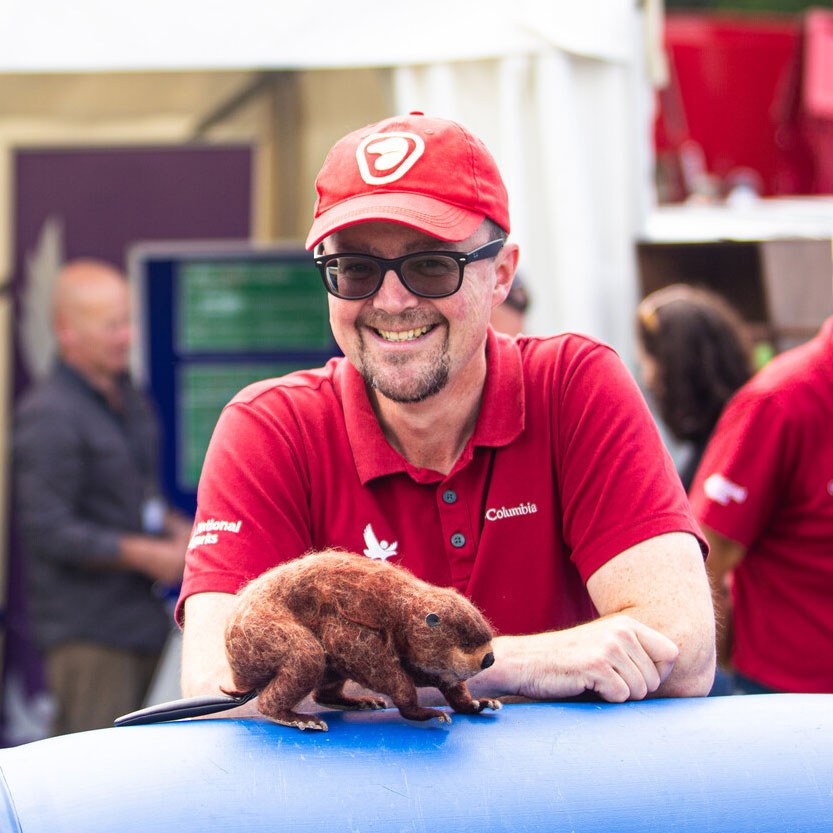
Relevant alerts
-
More than 30 firefighters and a number of specialist resources from Scottish Fire and Rescue are working to extinguish wildfires near Carrbridge and Dava on Sunday 29 June. Members of the public are asked to avoid the area. If you live nearby, please close your windows and doors to avoid smoke in the vicinity.
Several roads in the area remain closed as a result of the fire. The B9007 is closed from the junction at Duthil to Ferness, and the A939 is closed at Grantown-on-Spey to Ferness and the A940 is closed at Dava.
For all the latest information check out the Scottish Fire and Rescue Service website and social media.
